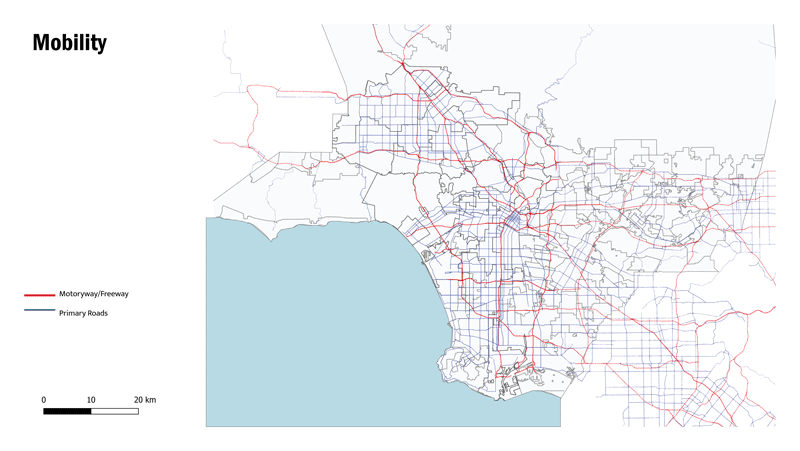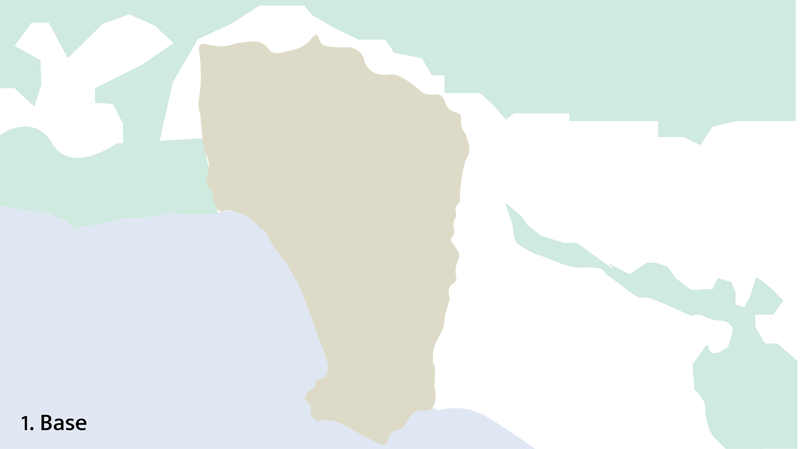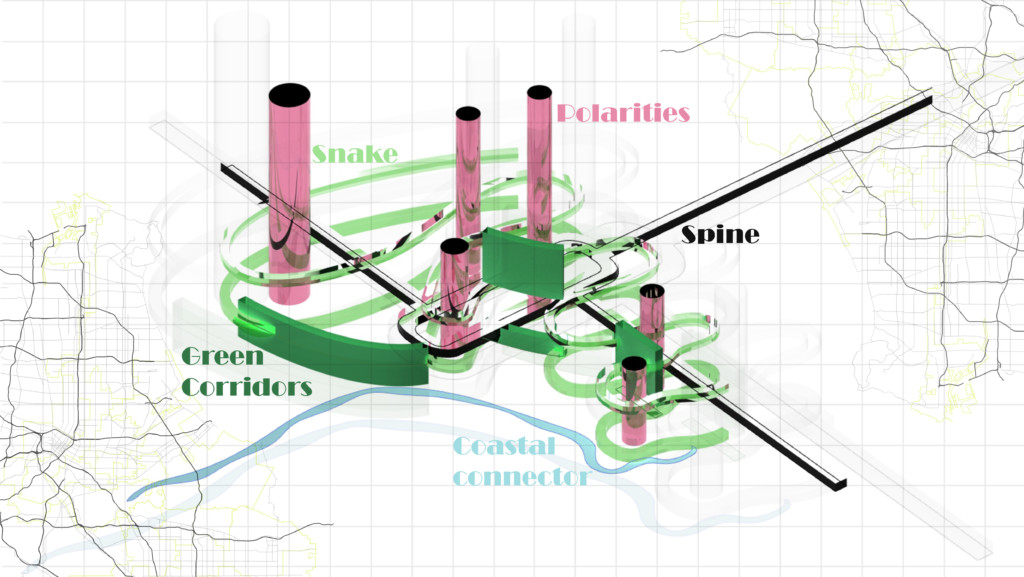Introduction:
Sunny Los Angeles, the Southern Californian city is the capital of the American entertainment industry. It is home to Hollywood, Paramount Pictures, Universal Studios, and many more. It is a city that is extremely diverse in terms of culture and ethnicity, hence it has become a melting pot that attracts fifty million visitors from all over the world annually.
Los Angeles is a classic example of a sprawling city, in fact, a “low sprawl” city. With an area of 472 square miles and a population of approximately three and a half million people, the city mainly consists of low-density built structures. To understand the density we can compare Los Angeles city to New York which is three-fourths of the area but has a population that is more than twice that of Los Angeles.
The city, founded in the late 18th century, has evolved greatly over time. Interestingly it is not a city with one center but is a city with multiple cities (or villages) with centers. These have all been fragmented mainly by the motorways for which a city of such a large scale can now only be experienced by the automobile. The automobile thankfully grants us speed allowing us to visit multiple attractions in a given time. The opposite is also true, it does not make way for a slow-paced, relaxing experience of a journey between two or multiple places. How can the dream city be experienced in a dual manner through an overlaying new network?

Source:-
https://data.lacity.org/
Landscapes of Films – LA Edition:
The city boasts of a varied topography of both flat and hilly. With the Pacific to the west, it stretches towards the deserts in the east. In the North are the mountains and the city reaches all the way south to the harbor. These extreme differences in the landscape allow the city to act as many cities, as many landscapes, as many stages. Sometimes Los Angeles becomes the Swiss Alps or the rice paddies of Japan and sometimes Los Angeles plays her own self. The types of plots played in specific areas have also contributed to its identity over time. Characters portrayed living in the Hills, having achieved the American dream, enjoying the good life – “The Big Deal”. Malibu plays the stage for immortality from recollections of our youth – “Splendor by the Sea”. Below the hills, areas around the oil refinery play home to people who could not achieve the American dream. Those who were cheated by the ones with the resources – “Milkshake”. The desert plays the void providing opportunity to define oneself again and create a new society – “The Gold Rush”. The harbor becomes the backdrop for anti-humanist films with bodies and automobiles in action – “Conspicuous Destruction”. Downtown Los Angeles is constantly disguised in various other city’s costume such as New York, Chicago, Boston, etc, and sometimes in her own, hence – “Un-Named”.
</p>
Ideogram:
Analysis of The Experiential Network:

The Ideology was to create an experiential network loosely following the existing networks and diluting the Grid network.
The cultural mapping of the city was conducted in three categories: Cinema, Art, and Music. For cinema, the popular filming locations were mapped, for art the museums and galleries and for music the concert venues. These locations are then clustered into “cultural hubs” for two target audiences. One being the Angelinos themselves and the second group being the tourists. The base map uses the existing freeway, the 405 and 110 traveling north-south and the 10 in the east-west direction as the spine that intersects in the central part of Los Angeles. The rest of the area then is broken down into horizontal chunks to allow the new “meander/snake” to travel. The meander uses the coastline as a connector and also “green corridors” in the vertical direction. This new circuit is then overlaid on the existing city grid and the “polarities” are identified along with the meandering snake. From the understanding of the existing “cultural hubs” that were mapped earlier, now new “cultural hubs” are proposed so as to have a more even distribution throughout the city.
Proposal:
The city is a duality in itself. She is real, she is fiction. She is rich, she is poor, She is big, she is small. Hence, this new circuit also functions at two velocities. The fast-paced can aid visitors to travel from one cultural hub to the other in a short period of time. The slow-paced route is concentrated within the hubs and walking distances so that Angelenos may enjoy their city in a more relaxed, yet active style.

Two polarities were selected to be explored visually. The first is the entrance to the Northridge Fashion Center which is typical of the automobile-dependent city. One is greeted by a vast parking lot with not a lot of character. If one now had walking trails, bike paths, and green corridors connecting to the shopping mall, the scenario changes drastically. 
The second is the cultural hub in downtown Los Angeles which connects the Walt Disney Concert Hall, the Broad Museum, the Grand Park, and Little Tokyo. Bike paths and pedestrian walkways intertwine through green parks and children’s play areas. Where there were isolated green chunks before are now connected to create a fluid network.

Abstract aerial collage for the experiential network proposal.
The Gr(een)d City – Los Angeles is a project of IAAC, Institute for Advanced Architecture of Catalonia developed at Master in City & Technology in 2021
Students: Aida Hassan, Kishwerniha Buhari, Maria Magkavali
Faculty: Manuel Gausa and Nicola Canessa